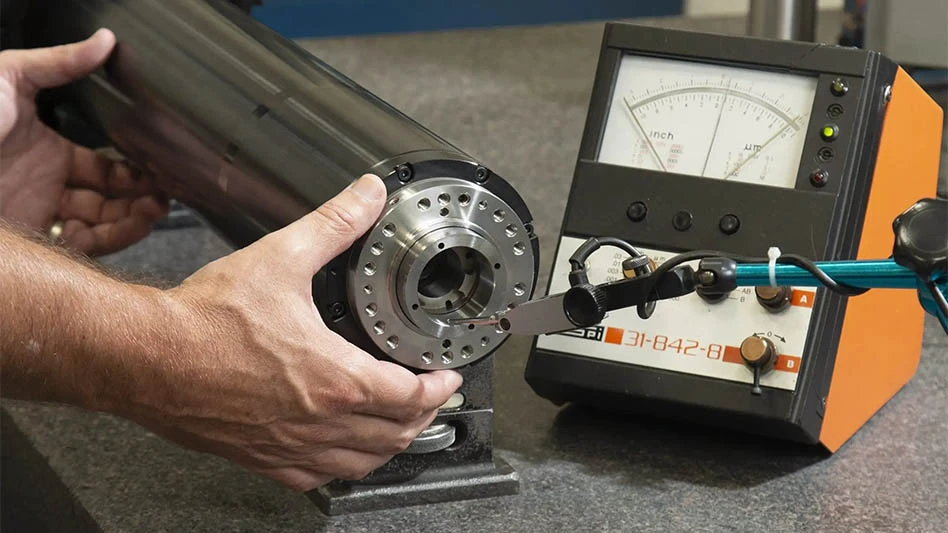
This photograph is reproduced with the permission of Rolls-Royce plc, copyright © Rolls-Royce plc 2012.
The engine, which is scheduled to be certified to 78,000 lb thrust by the end of 2015, will offer commonality for customers operating a combination of 787 Dreamliner models and provide margin to Boeing requirements for 76,000 lb of thrust at entry into service.
The Trent 1000-TEN draws on technologies from the Rolls-Royce Trent XWB engine and Advance engine program, delivering thrust and efficiency improvements.
Demonstrator programs have already validated improvements to the high pressure turbine, compressors, internal air systems, and a composite fan case dressing system.
Gary Moore, Rolls-Royce, program director - Trent 1000, said: "We believe the Trent 1000-TEN (Thrust, Efficiency, and New Technology) will be the most efficient and quietest engine option for the Dreamliner family, with the best lifetime fuel burn performance.
"With the engine now running, it is our goal to demonstrate the range of performance enhancements we have integrated into the Trent 1000-TEN, which will confirm our position as a leading choice for all Dreamliner options and maintain the best ever reliability figures for a widebody engine on entering airline service.”
The Trent 1000 has now completed over 250,000 in-service flying hours with an engine dispatch reliability of better than 99.9%.
It has already powered the first 787-8 entry into service with ANA in 2011 and will power the first 787-9 into service later this year.
Source: Rolls-Royce
Latest from Aerospace Manufacturing and Design
- JetZero all-wing airplane demonstrator achieves milestones
- Cermet indexable inserts for medium turning operations
- Trelleborg acquires Aero-Plastics
- Industrial automation products, enclosed encoders
- #61 - Manufacturing Matters: CMMC roll out: When do I need to comply?
- AIX shows aircraft interiors are a strategic priority for global airlines
- Machine Tool Builders Roundtable: Turn equipment into expertise
- No time to waste: How to machine MedTech parts more efficiently





